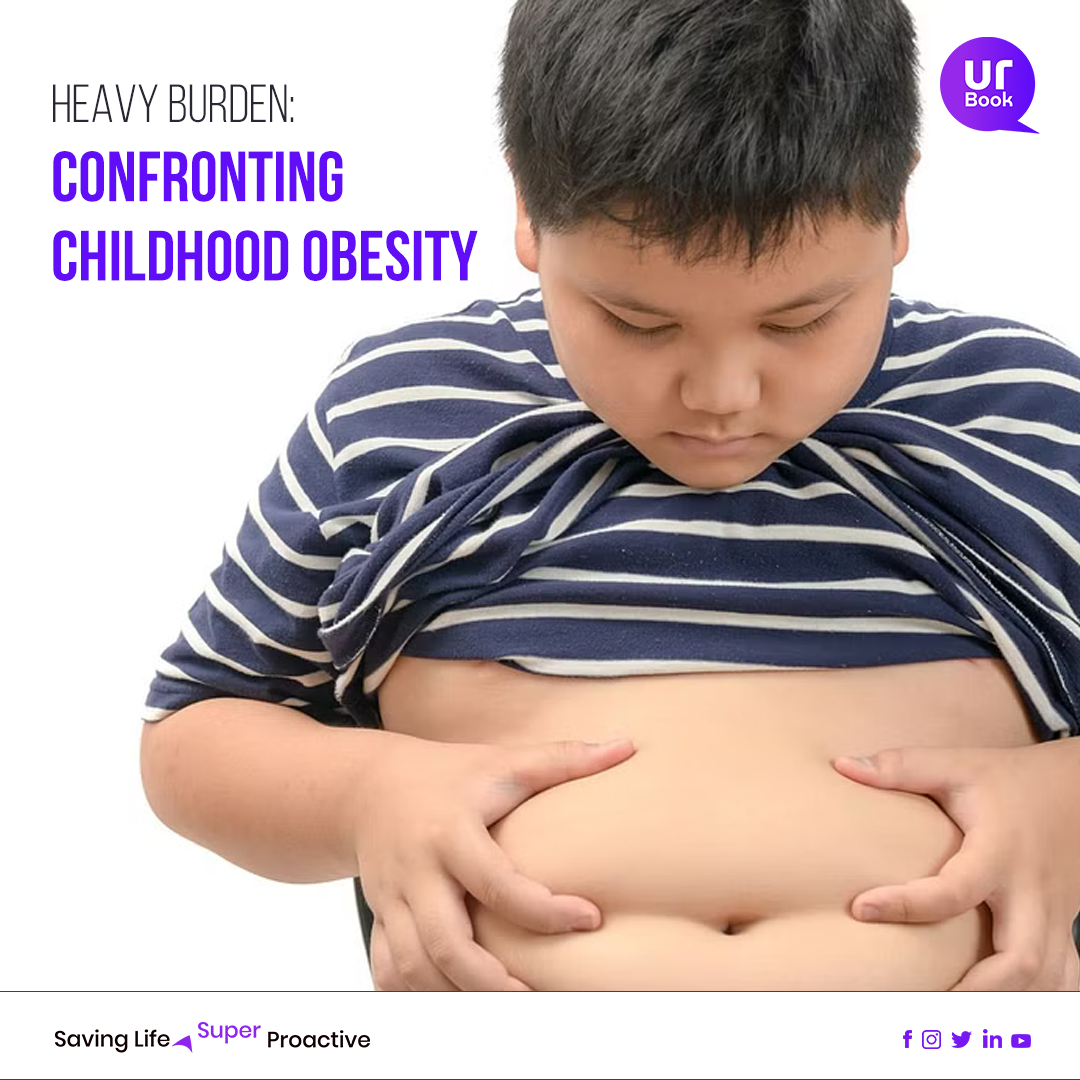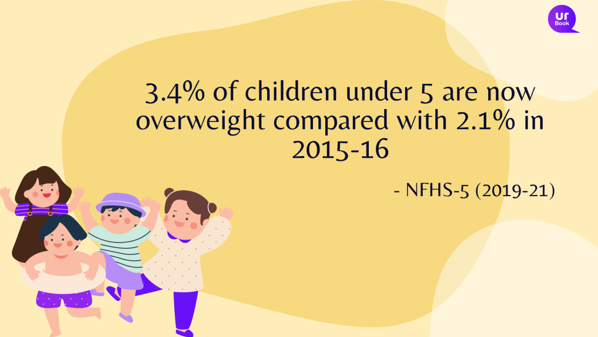

How do you measure obesity in children?
When a child is between the 85th and 95th percentiles of BMI for age, they are overweight. When they cross the 95th percentile, they are obese.
What is BMI?
It’s a ratio of weight divided by height (kg/m2). For each age and gender, there is a different BMI, and a child is at their healthiest when their BMI falls within the defined range.
Causes of childhood obesity: from unhealthy diets to sedentary lifestyles
There is no one reason for childhood obesity. Often, it is a combination of genetic, behavioural, and environmental causes. Essentially, it occurs when a child has unused energy that the body begins to store as fat. With time, the fat increases, turning into obesity.
- Genetic factors
Certain genetic conditions predispose children to obesity. Another factor is the metabolic rate (the speed with which a body uses energy). How they and genes influence body weight is still shrouded in mystery, so it’s out of your control. However, lifestyle factors can be controlled.
- Environmental factors
Unhealthy diets, or simply eating and drinking more than a child’s body needs to grow, play a significant role in the development of childhood obesity.
Another environmental factor that can cause obesity is hormonal problems, like hypothyroidism. Or medications, accessibility to healthy food, and safe areas to play outdoors.
- Behavioural factors
No physical activity, being sedentary, poor sleep patterns, stress levels and social and cultural influences also contribute to the risk of obesity in children.
The short- and long-term effects of childhood obesity you shouldn’t ignore
Childhood obesity has both short-term and long-term effects on health. In the short term, children with too much body weight are more at risk of:
- Type 2 diabetes
- High blood pressure
- Sleep apnoea
- Lung problems
- Joint problems
In the long term, they are more likely to develop chronic diseases such as heart disease, stroke, and cancer.

Childhood obesity also harms mental health, as obese children are more likely to experience teasing and bullying. That can lead to:
- Low self-esteem
- Depression
- Anxiety
- Poor peer relationships
- No self-confidence
Taking action: solutions for preventing and treating childhood obesity
Treating childhood obesity is not just a job for parents. Given that it has become a serious problem in many countries, it requires concentrated effort from carers, healthcare providers, and policymakers. Here are some ways you can address childhood obesity:
- Encourage healthy eating habits
If your child is young, instead of focusing on “losing weight”, focus on eating healthy and maintaining the right weight. Help them understand that some foods are not to be eaten every day and are reserved for special days.
- Push them to eat a balanced and nutritious diet that includes fruits, vegetables, whole grains, and lean protein.
- Teach them to eat only when hunger strikes.
- Don’t force them to eat everything that’s on their plate. It is okay to stop when you feel full.
- Increase physical activity
An hour of exercise each day, in any form, is important. It can be dancing, walking, biking, or playing sports, but children should engage in physical activity.
A fantastic way to get children excited about being active is by leading by example. When a parent exercises, the child is more likely to do so too. Another option could be signing them up for a team sport at school or after school.
- Limit screen time
Children should be limited to no more than two hours of screen time per day, including watching television, playing video games, and using computers and smartphones.
For toddlers and preschoolers, the recommended time is less than 60 minutes a day. A tip to reduce screen time is to make meals a gadget-free zone for the entire family.
- Create a supportive environment
As a parent or caretaker, one step you can take to prevent or reduce childhood obesity is to promote healthy eating and physical activity.
- Instead of buying junk food or sugar-laden snacks, make sure the kitchen is filled with healthy food.
- At every chance, motivate children to choose outdoor activities instead of sitting inside and playing with a screen.
- When you talk to them about a healthy lifestyle, don’t use words like “fat” or “obese.” Give the conversation a positive spin by saying “not at the healthiest weight” or “above it.”
- Never compare your child to their peers. If they do so by themselves, discourage the habit.
- Children copy adults. If you disparage your body weight or shape, they will do so too. So be cognizant of what you say in front of them.

Work together to address childhood obesity
Obesity in children is not a simple issue. It’s complex to understand the causes and how they affect your child. While you can take steps at home to prevent or treat it, always consult a healthcare professional.
A concerted effort can better help children achieve and maintain a healthy weight and reduce the risk of obesity-related health problems.
Its always good to consult an expert and get the child evaluated if you feel weight, is a concern. Sometimes sticking to a routine or encouraging health eating habits may seem difficult. In such a case, get a quick consultation done with QurBook expert and get the right care plan & diet plan curated specially to help these budding leaders of tomorrow get the best of their health.
